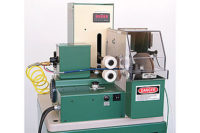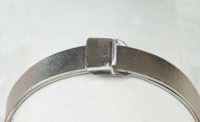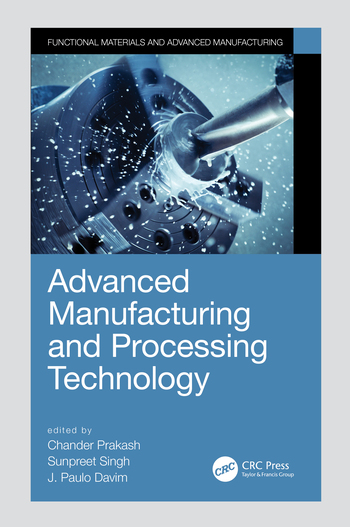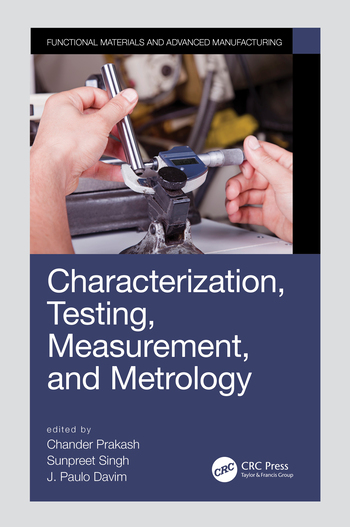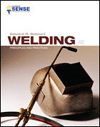Automotive interior wiring systems are becoming increasingly complex with the rising number of electrical and electronic components in today's cars. This means that automotive manufacturers and their suppliers must come up with reliable new ways of supplying power and data to a large number of individual components and locations. Plus, they must do so with less space and without affecting electrical, physical, mechanical and production constraints.
These requirements are more and more difficult to satisfy with conventional wiring harnesses. That's why products like flexible printed circuits (FPCs) are becoming increasingly significant.
Coroplast (Wuppertal, Germany) supplies FPCs to the European automotive industry. Coroplast was looking for a highly flexible production system that could automatically process individual FPC circuit layouts, as well as attach the terminal contacts and bridge circuits, or jumpers. The company found just what it needed at Sibos Corp., a member of the Komax Group.
Sibos provided a complete system with five autonomous assembly cells for all work processes, from feeding the FPC foil, to cutting, positioning, crimping and manually removing the circuits.
Sibos engineers met the short timeframe from awarding the contract to commissioning the system through professional project management and the use of standard assembly line modules from the Sibos Domino program.
This fully automated Sibos Flexfoil system produces as many as eight harnesses in less than 90 seconds, depending on their width. The system can make terminations as fast as two crimps per second, depending on the layout. It can assemble FPCs ranging in size from 500 by 200 millimeters to 1,500 by 800 millimeters.
Each harness is automatically tested and marked. As part of the process, each circuit is packaged flat so that delivery, storage and installation by the end user are free of wire tangling and misapplication.
Because each cell of the Sibos machine is autonomous, each can be operated independently, assuring modularity and flexibility. FPCs can be processed from a reel or as single circuits. Because the circuits are transported from station to station in workpiece carriers, in-line, U-shaped or other layout configurations are all possible for optimum use of floor space. Process data can be downloaded to the assembly line directly from the CAD layout through an Ethernet connection.
The system is compatible with Sibos Trimino and Domino modular units, which offer additional process options such as stamping, cutting, separating and embossing. Special application needs are easily accommodated, too. For example, the Sibos termination cell module can be fitted with ultrasonic and resistance welders. The Sibos Flexfoil system also accommodates block-loading of circuits, insertion of electronic components, and electrical test cells.
To facilitate troubleshooting, Sibos specialists can access the machine remotely.
Inserting, Cutting and Positioning
The FPCs are delivered on rolls that are 200 to 600 millimeters wide and weigh 70 to 140 kilograms. The foil is 180 to 300 microns thick. A dereeler unwinds the foil and feeds it into the Sibos Flexfoil assembly line. At this point, workpiece carriers take over the foil, which has previously been cut to length.The workpiece carriers are configured with exchangeable, product-specific plates and tension bars to hold the FPCs in place. The carriers are then cycled through a series of work and assembly stations.
Mechanical grippers automatically feed foil into assembly cell No. 1, and align it on a motor-driven worktable. A cutting device running across the X-axis cuts the foil to the specified length. A multiple gripper unit picks up the aligned FPC panel and places it accurately on a workpiece carrier.
FPCs consist of flat, parallel copper foil conductors. A jumper connection is achieved through a bridge circuit contact. This bridge circuit is attached in assembly cell No. 2. The cell automatically feeds, cuts, positions and crimps the bridge circuit onto the base circuit.
Assembly and Control
In assembly cells No. 3 and No. 4, the contacts on the circuit ends are first crimped from the right side and then from the left side. Independent of their position, the ends can be lifted left or right at every station in these two cells. This makes it possible to freely choose the crimp sequence according to size and number of circuits on the panel.The reference points for the exact positioning of the terminal applicator are the copper conductor ends. Visual measurements of the terminal crimp positions are reported to the system controller. The system lifts and vertically positions the conductor ends to ensure exact entry into the work area of the terminal applicator.
A Sibos-patented process for flexible flat cable is used to lift and position the conductors. The conductor ends, which have already been perforated, are terminated through openings in the exchangeable plates on the workpiece carriers. Terminals are fed from reels running alongside the entire outside length of the crimping module. A crimp force analyzer evaluates and documents the quality of each crimped terminal.
Process parameters and terminal crimp positions from the CAD circuit layout are relayed directly to the system through the master computer. A bar code imprinted on the incoming FPC roll tells the system which circuit is being assembled. An operator can then verify that the machine has been set up correctly. The system controller starts the assembly processes only after receiving an OK signal from the operator.
The system as described here has been supplying major European automotive manufacturers with FPCs for many months. For more information, call Sibos Corp. at 800-588-9624 or send an e-mail to pkostic@sibosascor.com.
